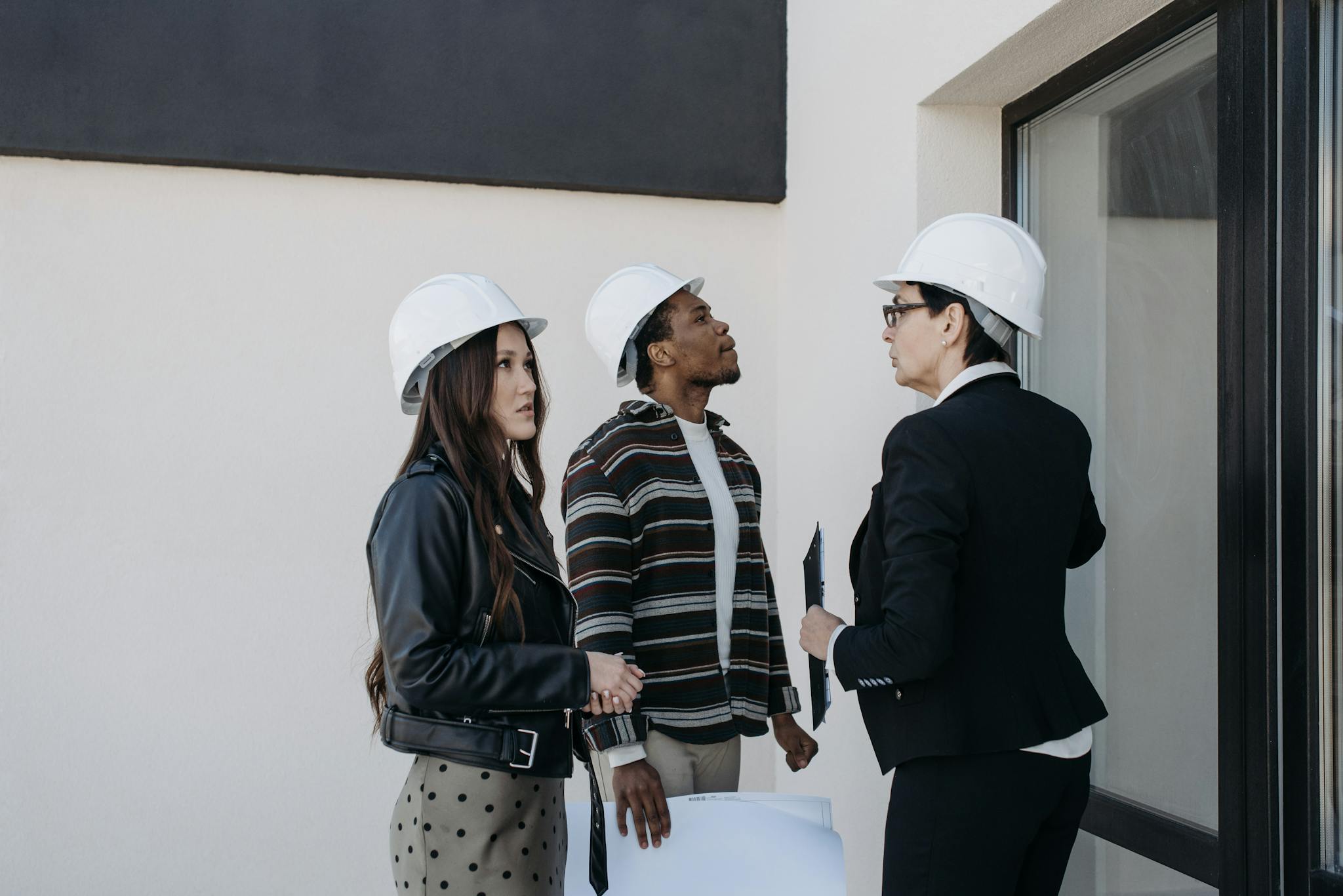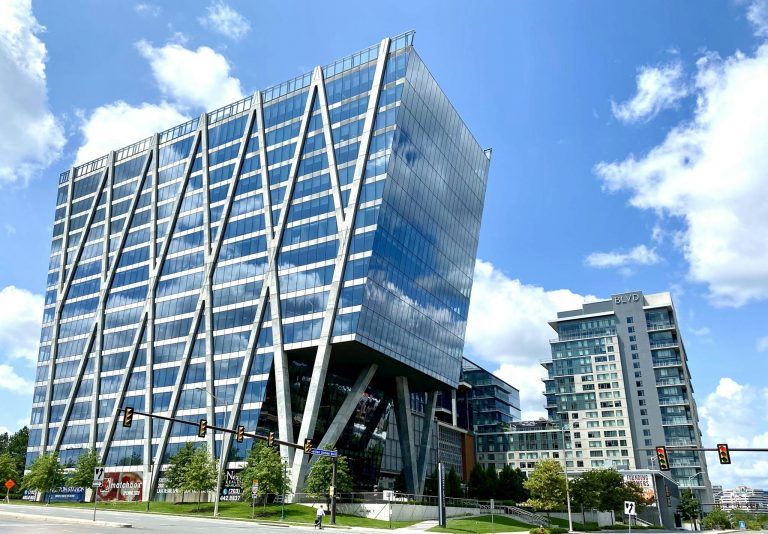Environmental Phase I & II
Due Diligence in Industrial is Just the Beginning
Let’s be honest, no one rushes into a career choice selecting industrial real estate because they love environmental reports. But they matter, and if you’re an owner-user or private investor and are looking at your first, or next acquisition, there are a few words you need to take very seriously, environmental due diligence.

A degree in the biological sciences is not a prerequisite to read a Phase I report, so put you’re your mind at ease. Though you do need to know when to act, what to expect, and the things that can go horribly wrong if you attempt to cut corners.
Let’s cutout the legalese, and say we’re having a conversation a over a beer. You tell me you’re thinking about making a move on a 25,000 square foot building in City of Industry. The numbers seem to work. The tenant’s solid, and we know this already because we’ve already qualified these important investment elements. Now the only unknown is what’s under the surface, and it can literally sink you.
The Clock Starts When You Open Escrow
The number one mistake I see new buyers make is waiting. They wait to order the Phase I until they “get through inspections.” Or until they “get closer to closing.” Don’t do that. I never like to say “trust me on this”, because it sends the wrong message, I always speak truth, but in this case please trust what I say, do not delay ordering a Phase I.
The moment your purchase and sale agreement has been countersigned, and escrow is opened you should be picking up the phone to order your Phase I Environmental Site Assessment. Good firms often need a week or two, or more, to schedule an inspection and draft the report. If something comes back flagged, you need time for more research, or a Phase II, which involves testing, sampling, and sometimes lab work. That can eat up three to four, or more weeks. Your contingency window could vanish before you have answers. You don’t want to put yourself in that position. And no, Sellers are always so understanding. They won’t always ‘give’ you more contingency time.
A High Level Look At The Phase I
Think of the Phase I as a reconnaissance mission. No drilling. No samples. Just trained eyes looking at usage history, property area geography, and red flags.
A good consultant will:
- Dig into aerial photos, fire insurance maps, and city records
- Walk the site looking for vent pipes, oil stains, chemical storage, or dry wells
- Interview current and past tenants if available
- Look at adjacent properties (because contamination doesn’t respect property lines)
What you’ll get is a summary of the property from the lens of environmental conditions. There will also be a section that identifies anything that looks suspicious. These are Recognized Environmental Conditions (REC)’s. RECs don’t necessarily mean the site is contaminated, but it does mean the consultant can’t entirely rule it out. You want to rule out RECs before you close escrow.
The Phase II When Things Get Real
If a REC is identified, you’ll likely be advised to do a Phase II. This is where samples are taken and the shovels (or drills) hit the dirt. Phase II involves actual lab sampling:
- Soil
- Groundwater
- Soil gas (especially important in SoCal for vapor intrusion)
Where on the property your environmental consultant samples and what they look for depends on the site’s history. Was there a dry cleaner next door? If yes, they’ll test for PCEs. Was it once a plating shop? Get ready to check for heavy metals.
As scary as this sounds for the new buyer a Phase II isn’t about fixing the problem, it’s about confirming whether one exists, and if it does how bad it is, and where it is found on the property. The fix can cost a few thousand or tens of thousands. But compared to the seven figure hit of a cleanup, a Phase II is cheap insurance.
Here’s a Story for You
A client was in escrow on a large industrial property in Rancho Dominguez. Built in the ’60s the warehouse looked clean. The previous occupant was an aerospace engineering company, one of the Fortune 500s. The Phase I flagged an area of the 12-acre site that might have contamination from making airplane parts in 1980s. Nothing obvious, but the consultant recommended testing.
The soil samples tested positive for contaminants. Now came the fun part. The cleanup would require a cleanup plan that would need to span over two years, and included aerating some condensed soil areas in the yard. The buyer had a choice to walk from the deal, or negotiate for remediation. We negotiated additional due diligence time, and simultaneously negotiated with the seller on a remediation plan.
The buyer was a sophisticated owner/user I had transacted millions of square feet with previously. They decided this property, because of the vast extra land and location close to the ports, was important for their operation. We negotiated with the Seller for a corporate guarantee for the remediation. We closed escrow and the work was performed over the ensuing twenty four months.
Why Speed Matters
The environmental firms who know what they are doing are not always the fastest to get out to the site. You don’t want the fastest what you want is the best. This is why I hammer away on the point of starting early. If you wait until day 15 or 20 of your 30 day contingency, you are gambling on perfect results. Anything can go astray, and the consultant could encounter delays. The lab work could take longer, or the seller could need to be looped in for access and that may not be as simple as it sounds.
Speed just keeps things from getting sloppy. Speed means decisive action.
Good Firms Ask the Right Questions
All Phase I reports are not created equal. Here’s what to look for from a good firm:
- Interview site managers or maintenance folks
- Look at neighboring uses, not just your parcel
- Check for underground storage tanks, clarifiers, and old vent pipes
- Think about vapor intrusion risk and indoor air quality
They also document everything. Photos. Manifests. Interviews. These are the crumbs that become your audit trail if regulators ever come knocking.
Firms like Envision Environmental, AAI Environmental Corp, and Triterra have published solid guidance on how to structure a Phase I, and the process of when to continue with a Phase II. Theres a common theme, and that is context matters. They do not simply use a checklist to click off items. They dig, no pun intended, for the information that paints a quality image of the site.
Don’t Let the Seller Talk You Out of It
Sellers will tell you, particularly if they’ve been onsite for decades “We never had any environmental problems, or “Oh, that was before our time.”, or they pull out a 10 year old Phase I from a refinance of a previous deal that died. These mean nothing.
Document the information. Do. Not. Rely. On. It!
Environmental liability runs with the land. If you own it, and there is a plume under the building, it is now your problem. You’ll be responsible for disclosure, potential cleanup, and in some cases, any tenant health risks.
You can see why I’ve mentioned multiple time a Phase I and if required a Phase II equates is an inexpensive insurance. Yes, even if you plan to flip the property in a year or two, you need clean documentation. The next buyer’s lender will ask for it. And if they find something you didn’t catch, guess who’s back at the negotiating table with a haircut on price, or worse the requirement to remediate and expensive cleanup.
The Phase II Is a Deal Saver, Not a Deal Killer
People get nervous about ordering a Phase II. They think it will uncover something bad and blow up their purchase.
Though often, it clarifies the risk. A soil sample may show contamination 30 feet from the building, in a non-critical area. And just maybe an old sump that has already been mitigated is the cause. This can use this information to renegotiate, and not necessarily just on price, maybe it helps extract better sale terms to accommodate the findings. The Phase II recommendation is not a reason to walk.
You can’t fix what you don’t know. But you can price for it.
Last Word. Be the Grown-Up in the Deal
The environmental report won’t miraculously make you rich. Now just try skipping it because that can certainly make you poor. You want to be the buyer who takes it seriously. The investor who doesn’t flinch when it’s time to order soil samples. Emotion control is the defining ingredient to being the grown-up in the room.
If you are looking at a property right now and have not connected with a good environmental firm, stop reading this and get moving. And if you are not sure who to call or what to look for in a report, I am happy to walk you through it, no strings attached.
Just don’t skip the due diligence. The dirt remembers everything. Make sure you do too.


